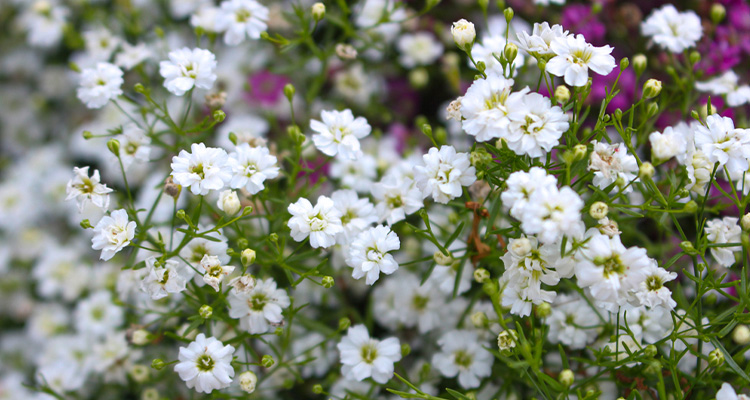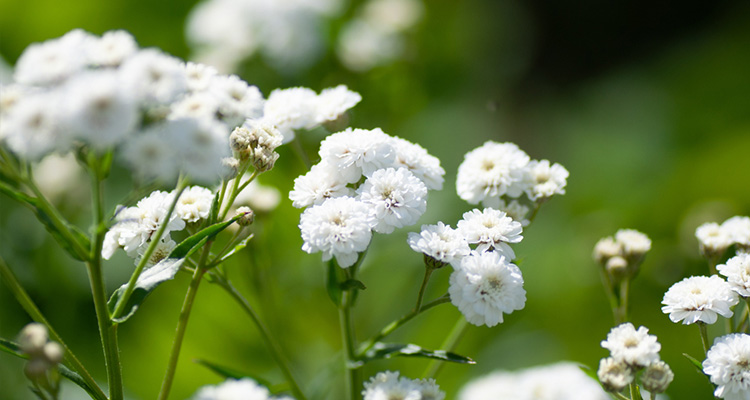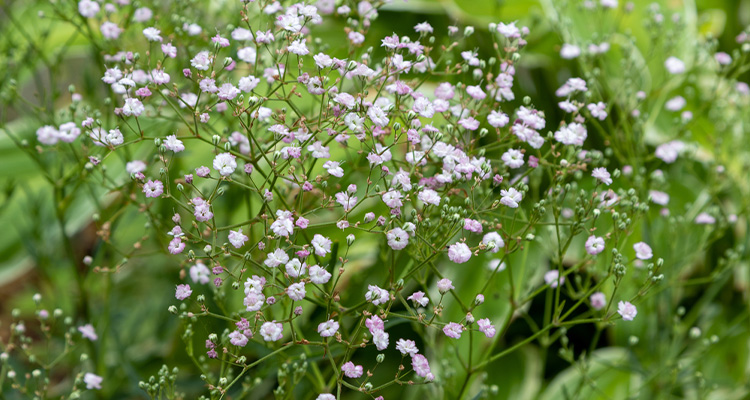
What We've Included
When to Plant | How to Plant | Where to Plant | After Care |
Common Issues | When will they flower | Inspiration
When to Plant
Gypsophila can be planted either in spring, often from April to June, giving them plenty of time to establish before summer.

How to Plant
Planting Modules & Pots
Our modules and pots are incredibly easy to plant and grow! Whether you’re growing them directly outside into the border or in a container or keeping them indoors over winter, our modules are a breeze to care for from the moment they arrive.
- Dig a hole in the border that’s big enough to house the entire module. If planting in pots, fill a large pot halfway with potting soil and then make several holes that can hold the modules. Do this until the top of the soil from the module is just below the top of the pot.
- Fill around the modules with soil and firm them down gently.
- Water well and you’re done!
Where to Plant
Wherever Gypsophila is planted, ensure its somewhere sunny. These plants prefer alkaline soil but can be grown in most neutral soils. They will not, however, tolerate acidic soils.

After Care
When to water
Water only when the plants are young or through excessive periods of drought. Any more than that can cause the plants to become waterlogged.
Deadheading
Remove spent flowers to encourage new growth and help the plant thrive the following year.
Provide Supports
Taller plants may need support as they grow. Use pea sticks for a natural look.
Common Issues & How to Solve Them
Gypsophila is free of common pests, so you needn’t worry about those. The only thing to watch out for is them getting too wet in the winter. They don’t enjoy sitting in cold, wet soil. Add grit when planting to help them drain and avoid root rot.

When will they Flower?
Gypsophila can be found to flower in July and August. If you deadhead them once the flowers are spent, you may see a second flush throughout early to mid-autumn.
Ready to Shop?
Find some inspiration for your garden
